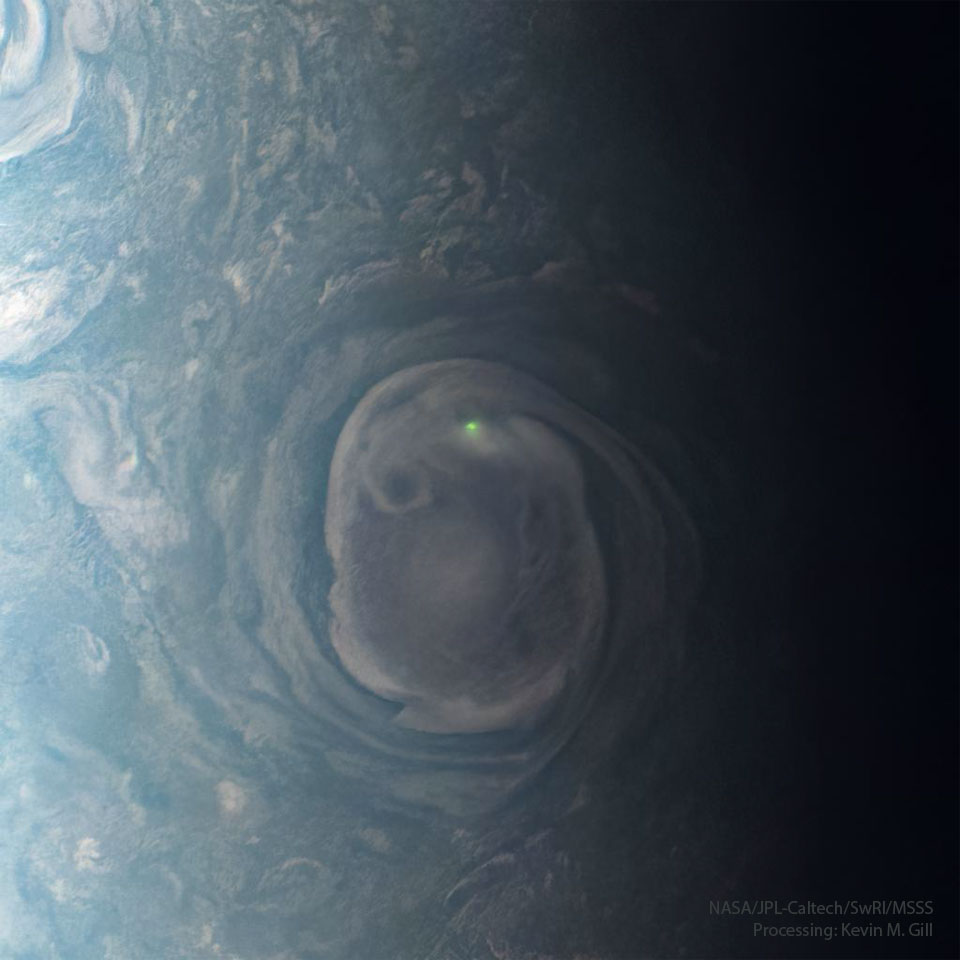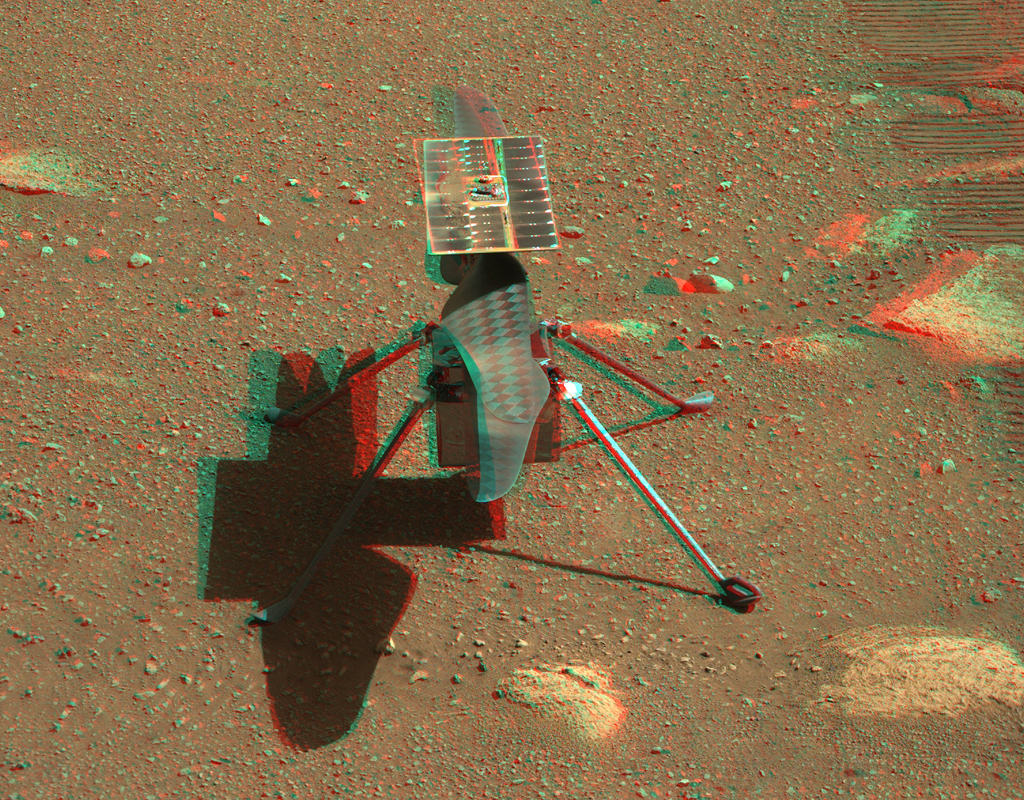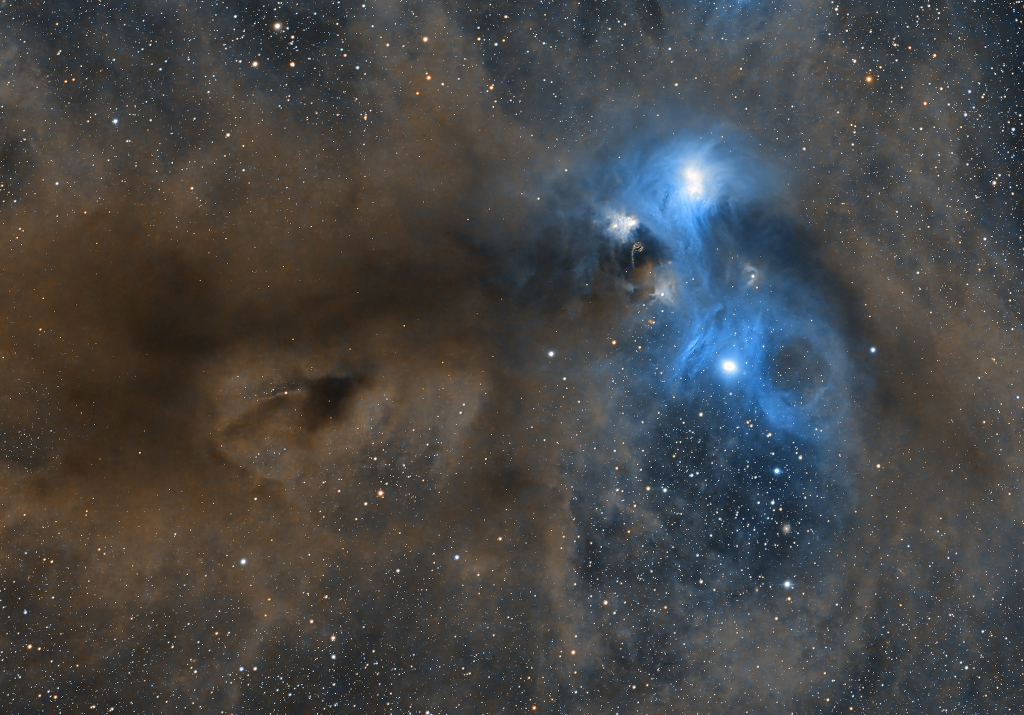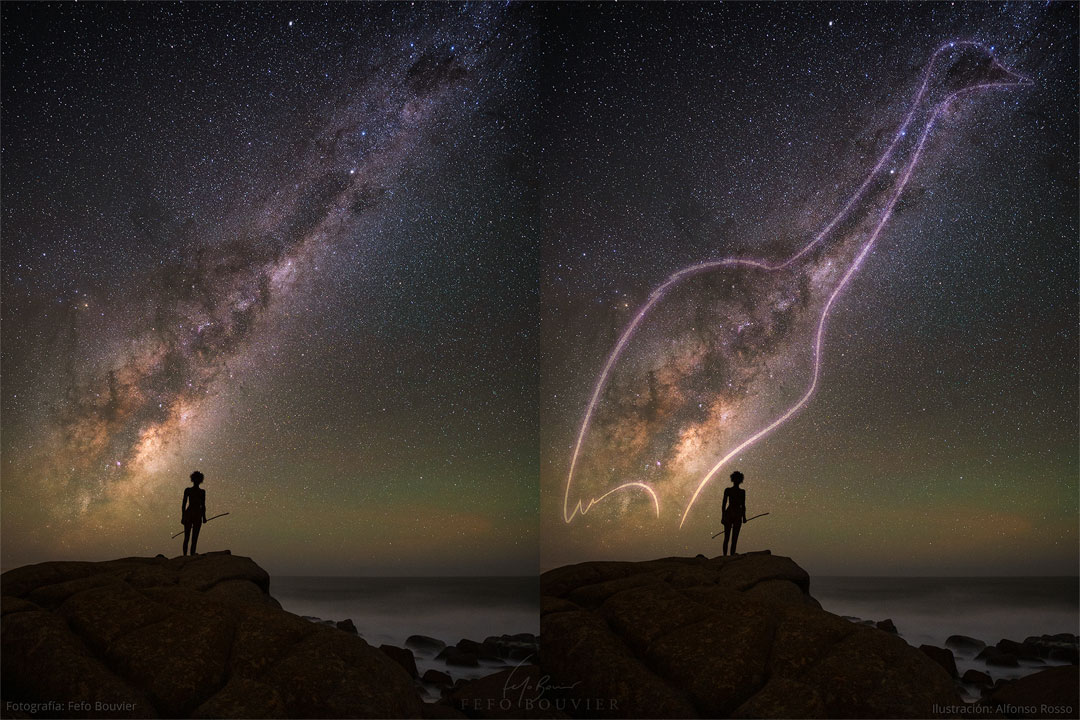Nombre total de pages vues
26/06/2023
PHOTOGRAPHIE - le monde explosif d'Alan Sailer
25/06/2023
ASTRONOMY - Lightning on Jupiter
2023 June 25
Image Credit: NASA/JPL-Caltech/SwRI/MSSS; Processing & License: Kevin M. Gill
Explanation: Does lightning occur only on Earth? No. Spacecraft in our Solar System have detected lightning on other planets, including Mars, Jupiter and Saturn, and lightning is likely on Venus, Uranus, and Neptune. Lightning is a sudden rush of electrically charged particles from one location to another. On Earth, drafts of colliding ice and water droplets usually create lightning-generating charge separation, but what happens on Jupiter? Images and data from NASA's Jupiter-orbiting Juno spacecraft bolster previous speculation that Jovian lightning is also created in clouds containing water and ice. In the featured Juno photograph, an optical flash was captured in a large cloud vortex near Jupiter's north pole. During the next few months, Juno will perform several close sweeps over Jupiter's night side, likely allowing the robotic probe to capture more data and images of Jovian lightning.
ASTRONOMY - Sublime carte postale de Mars
24/06/2023
GEMMOLOGIE - La topaze, un silicate
ASTRONOMY - 3D Ingenuity
2023 June 24
Image Credit: NASA, JPL-Caltech, MSSS, ASU
Explanation: The multicolor, stereo imaging Mastcam-Z on the Perseverance rover zoomed in to capture this 3D close-up (get out your red/blue glasses) of the Mars Ingenuity helicopter on mission sol 45. That's Earth-date 2021 April 5. Casting a shadow on the Martian surface, Ingenuity is standing alone on its four landing legs next to the rover's wheel tracks. The experimental helicopter's solar panel, charging batteries that keep it warm through the cold Martian nights and power its flight, sits just above Ingenuity's two 1.2 meter (4 foot) long counter-rotating blades. Thirteen sols later, on April 19, Ingenuity became the first aircraft to perform powered, controlled flight on another planet. It has since gone on to complete more than 50 flights through the thin atmosphere of Mars.
22/06/2023
ASTRONOMY - Stars and Dust across Corona Australis
2023 June 22
Image Credit & Copyright: Alessandro Cipolat Bares
Explanation: Cosmic dust clouds cross a rich field of stars in this telescopic vista near the northern boundary of Corona Australis, the Southern Crown. Part of a sprawling molecular cloud complex this star forming region is a mere 500 light-years away. That's about one third the distance of the more famous stellar nursery known as the Orion Nebula. The 2 degree wide frame would span 15 light-years at the clouds' estimated distance. Mixed with bright nebulosities the dust clouds effectively block light from more distant background stars in the Milky Way and obscure from view embedded stars still in the process of formation. Large dark nebula Bernes 157 is on the left. To its right are a group of pretty reflection nebulae cataloged as NGC 6726, 6727, 6729, and IC 4812. Their characteristic blue color is produced as light from hot stars is reflected by the cosmic dust. The more compact NGC 6729 surrounds young variable star R Coronae Australis. Just below it, filamentary arcs and loops are identified as Herbig Haro objects associated with energetic newborn stars. In fact, at the heart of this area lies the Coronet Cluster, one of the nearest and most active star forming regions.
20/06/2023
ART FRACTAL - Fractale électrisante
GEMMOLOGIE - La rhodochrosite, une couleur éclatante
ASTRONOMY - The Ñandú in the Milky Way
2023 June 20
Image Credit & Copyright: Fefo Bouvier; Line Drawing: Alfonso Rosso
Explanation: Have you seen the bird in the Milky Way? Beyond the man in the Moon, the night sky is filled with stories, and cultures throughout history have projected some of their most enduring legends onto the stars and dust above. Generations of people see these celestial icons, hear their associated stories, and pass them down. Pictured here is not only a segment of the central band of our Milky Way galaxy, but, according to folklore of several native peoples of Uruguay, the outline of a great bird called Ñandú. Furthermore, Ñandú's footprint is associated with the Southern Cross asterism. In the foreground, in silhouette, is a statue of María Micaela Guyunusa, an indigenous woman of the Charrúa people who lived in the 1800s and endures as a symbol of colonial resistance. The composite image was taken in mid-April in Cabo Polonio, Uruguay, with the Atlantic Ocean in the background.
DELICIEUSES HERBES AROMATIQUES - La verveine, pour faciliter la digestion
ASTRONOMY - 3I/ATLAS Flyby
025 December 26 3I/ATLAS Flyby Image Credit & Copyright : Dan Bartlett Explanation: Attention grabbing interstellar visitor 3I/AT...
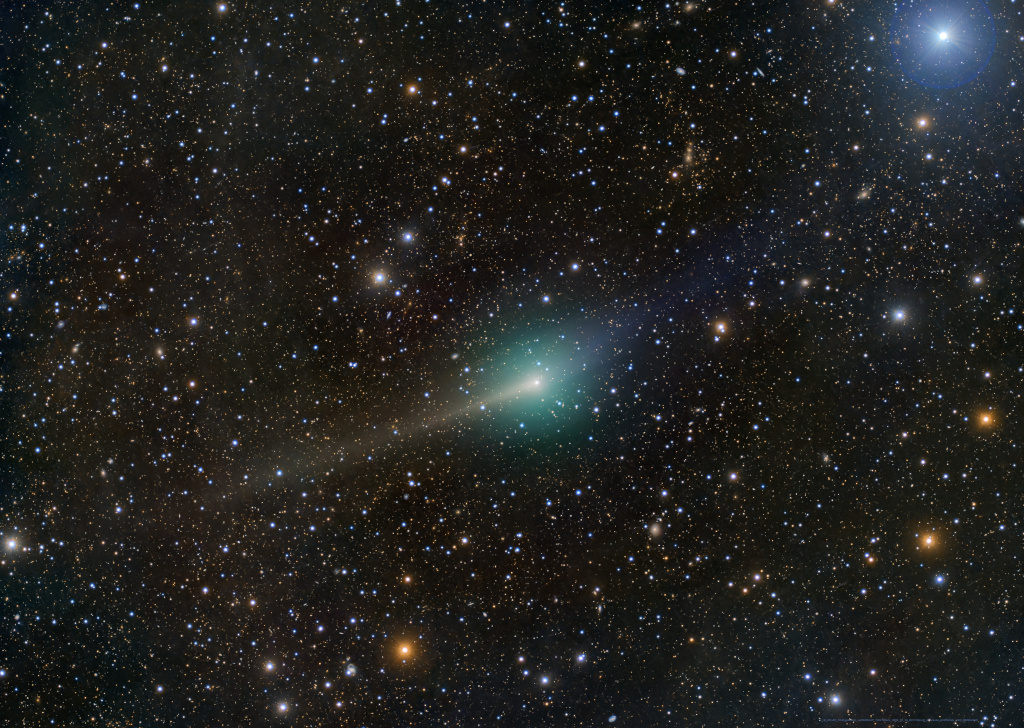
-
2022 September 26 All the Water on Planet Earth Illustration Credit: Jack Cook, Adam Nieman, Woods Hole Oceanographic Institution ; Data ...
-
2025 May 11 The Surface of Venus from Venera 14 Image Credit: Soviet Planetary Exploration Program , Venera 14 ; Processing & Copyri...

